Episode 531 – The New Japan
Manage episode 419792623 series 1755874
This week on the Revised Introduction to Japanese History: the politics of the Meiji Period! After a coalition of samurai, nobles, loyalists, and others succeed in overthrowing the Tokugawa shogunate, they must ask themselves: what comes next? And, in the time honored tradition of revolution, they answer that question by killing off or removing from office anyone they disagree with.
Sources
Jansen, Marius. The Making of Modern Japan
Jansen, Marius. Emperor of Japan: Meiji and His World
Pyle, Kenneth. Japan Rising: The Resurgence of Japanese Power and Prestige
Sims, Robert. Japanese Political History Since the Meiji Renovation: 1868-2000
Beasley, W.G. “Meiji Political Institutions” and Vlastos, Steven. “Opposition Movements in Early Meiji, 1868-1885” in The Cambridge History of Japan, Vol V: The Nineteenth Century
Images
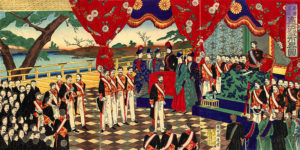
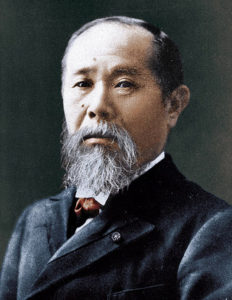
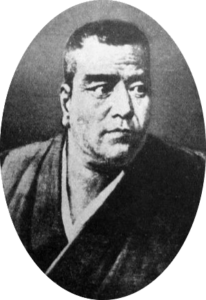
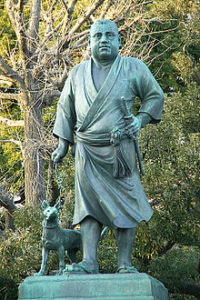
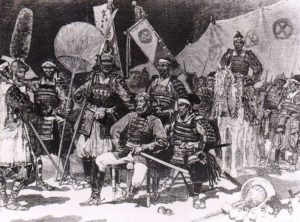
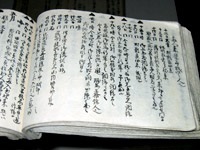
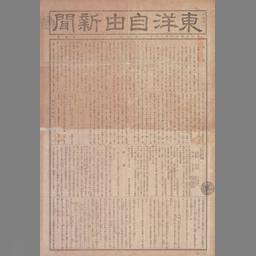
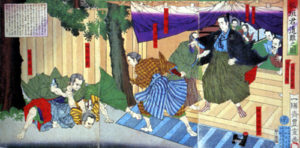
9 episodes




